Home>Furniture & Design>Living Room Furniture>What Color Dining Room Table With Dark Wood Floors
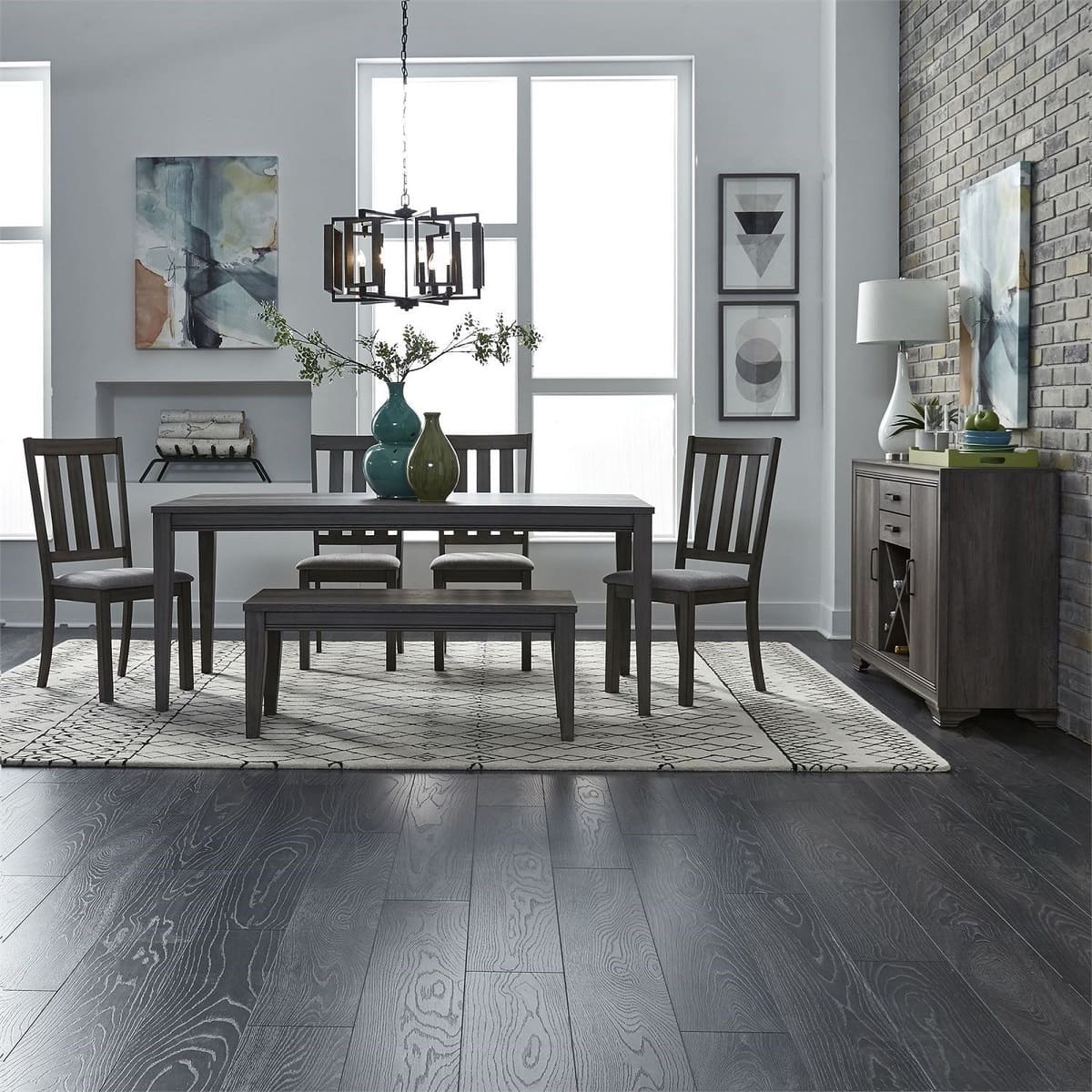

Living Room Furniture
What Color Dining Room Table With Dark Wood Floors
Published: January 5, 2024
Discover the perfect living room furniture and design with a range of dining room tables to complement dark wood floors. Explore stylish options now!
(Many of the links in this article redirect to a specific reviewed product. Your purchase of these products through affiliate links helps to generate commission for Storables.com, at no extra cost. Learn more)
Best Color Options for Dining Room Table with Dark Wood Floors
Choosing the perfect dining room table color to complement dark wood floors can significantly enhance the aesthetic appeal of your space. The right color can create a harmonious and visually appealing atmosphere, while the wrong choice may disrupt the overall balance of the room. Here are some of the best color options to consider when selecting a dining room table for a space with dark wood floors:
- Classic White: A timeless and versatile choice, a white dining room table can create a striking contrast against dark wood floors. This combination adds a touch of elegance and modernity to the room, making it an ideal option for both traditional and contemporary decor styles.
- Natural Wood Tones: Opting for a dining table that matches the shade of the dark wood floors can create a cohesive and seamless look. This choice can impart a sense of unity and continuity, allowing the table to blend effortlessly with the flooring while adding warmth and depth to the room.
- Rich Espresso or Black: Dark dining room tables in shades such as espresso or black can complement dark wood floors beautifully. This creates a sophisticated and cohesive appearance, adding a sense of depth and richness to the overall design of the space.
- Gray or Charcoal: A gray or charcoal dining room table can provide a modern and stylish contrast against dark wood floors. This color choice can add a contemporary touch to the room while maintaining a sense of balance and visual interest.
- Warm Tones: Consider opting for a dining table in warm tones such as caramel, honey, or chestnut. These hues can create a welcoming and inviting ambiance, infusing the space with a cozy and inviting feel.
When selecting the color for your dining room table, it’s essential to consider the overall style and ambiance you wish to achieve. Additionally, taking into account the existing decor, lighting, and the size of the room can help guide your decision-making process. By carefully considering these factors, you can select a dining room table color that harmonizes with your dark wood floors, elevating the visual appeal of your dining area.
Key Takeaways:
- Choose a dining room table color that complements dark wood floors, such as classic white, natural wood tones, rich espresso or black, gray or charcoal, and warm tones, to create a cohesive and visually appealing space.
- Consider factors like existing decor, room size, personal style, maintenance, and long-term versatility when choosing the color of your dining room table to ensure it enhances the overall aesthetic and aligns with practical needs.
Factors to Consider When Choosing the Color of Your Dining Room Table
When selecting the color for your dining room table, several essential factors should guide your decision-making process. The color of your dining table plays a pivotal role in shaping the overall aesthetic of your dining area and can significantly impact the ambiance of the space. Here are key factors to consider when choosing the color of your dining room table:
- Existing Decor and Color Scheme: Take into account the existing decor and color scheme of your dining area. Consider whether you want your dining table to blend in seamlessly with the surroundings or stand out as a focal point. Harmonizing the table color with the existing decor can create a cohesive and unified look.
- Room Size and Lighting: Assess the size of your dining room and the available natural or artificial lighting. Lighter-colored dining tables can create an illusion of space and airiness in smaller rooms, while darker tables can add a sense of intimacy and warmth. Understanding how the color of the table interacts with the room’s size and lighting is crucial.
- Personal Style and Preferences: Consider your personal style and preferences when choosing the color of your dining table. Whether you prefer a classic, contemporary, or eclectic look, the table color should reflect your individual taste and complement your overall design aesthetic.
- Maintenance and Durability: Evaluate the practical aspects of maintaining the table color. Light-colored tables may require more frequent cleaning and maintenance to keep them looking pristine, while darker tables can be more forgiving in terms of concealing minor imperfections and wear over time.
- Long-Term Versatility: Think about the long-term versatility of the table color. Consider whether the chosen color will remain timeless and adaptable to potential changes in decor and design trends, ensuring that your dining room table maintains its appeal for years to come.
By carefully considering these factors, you can make an informed decision when choosing the color of your dining room table. Taking into account the existing decor, room size, personal style, maintenance requirements, and long-term versatility will enable you to select a table color that enhances the overall aesthetic of your dining area while aligning with your practical needs and design preferences.
Consider a light-colored dining room table, such as white, cream, or light oak, to contrast with dark wood floors. This will create a visually appealing and balanced look in your dining room.
How to Coordinate Your Dining Room Table with Dark Wood Floors
Coordinating your dining room table with dark wood floors involves a thoughtful approach to ensure a cohesive and visually appealing space. By carefully considering various elements such as color, style, and texture, you can create a harmonious balance between your table and flooring. Here are some effective strategies for coordinating your dining room table with dark wood floors:
- Color Harmony: Choose a dining room table color that complements the undertones of your dark wood floors. Opt for hues that harmonize with the warm or cool tones present in the flooring, creating a sense of unity and coherence in the space.
- Contrast and Balance: Create visual interest by incorporating contrast and balance. For instance, if you have dark wood floors, consider a dining table in a lighter shade to establish a striking contrast. Conversely, a dark dining table can create a sense of balance and cohesion with the flooring.
- Texture and Material: Pay attention to the texture and material of the dining table to complement the dark wood floors. Consider a table with a natural wood grain that resonates with the texture of the flooring, or opt for materials that add depth and visual intrigue to the space.
- Style Cohesion: Ensure that the style of your dining table aligns with the overall aesthetic of the room. Whether you prefer a modern, rustic, or traditional look, selecting a table that resonates with the existing decor can contribute to a cohesive and harmonious design scheme.
- Accessories and Accents: Enhance the coordination between your dining table and dark wood floors by incorporating complementary accessories and accents. Consider adding area rugs, table runners, or decorative elements that bridge the visual gap between the table and flooring, tying the elements of the room together.
By implementing these strategies, you can effectively coordinate your dining room table with dark wood floors, creating a well-balanced and aesthetically pleasing dining area. The careful consideration of color harmony, contrast, texture, style cohesion, and thoughtful use of accessories can elevate the visual appeal of the space, resulting in a cohesive and inviting dining environment.
Tips for Choosing the Right Dining Room Table Color for Your Space
When selecting the color of your dining room table, several key tips can guide you in making a well-informed decision that enhances the overall aesthetic of your space. The right table color can significantly impact the ambiance and visual appeal of your dining area. Here are some valuable tips for choosing the right dining room table color for your space:
- Consider the Existing Decor: Take into account the existing decor and color scheme of your dining area. Whether you aim to create a cohesive blend or a striking contrast, the table color should complement the overall design scheme of the room.
- Assess the Room Size and Lighting: Evaluate the size of your dining room and the available lighting. Lighter table colors can make a smaller room feel more spacious, while darker hues can add a sense of intimacy. Understanding how the table color interacts with the room’s dimensions and lighting is crucial.
- Reflect on Personal Style: Consider your personal style and design preferences. Whether you lean towards classic elegance, modern minimalism, or eclectic charm, the table color should align with your individual taste and contribute to the desired ambiance of the space.
- Balance Practicality and Aesthetics: Strike a balance between the practical aspects of maintenance and the desired aesthetic impact. While lighter table colors may exude a sense of airiness, darker hues can offer durability and ease of maintenance, concealing wear and tear more effectively.
- Long-Term Adaptability: Think about the long-term adaptability of the table color. Select a color that remains versatile and timeless, capable of harmonizing with potential changes in decor and design trends, ensuring enduring appeal for years to come.
- Harmonize with Flooring: If you have dark wood floors, consider coordinating the table color with the flooring undertones. This can create a sense of unity and coherence, enhancing the overall visual impact of the dining area.
By considering these tips, you can navigate the process of choosing the right dining room table color with confidence and clarity. Taking into account the existing decor, room size, personal style, practical considerations, long-term adaptability, and coordination with flooring can empower you to select a table color that harmonizes with your space while reflecting your unique design preferences.
Frequently Asked Questions about What Color Dining Room Table With Dark Wood Floors
Was this page helpful?
At Storables.com, we guarantee accurate and reliable information. Our content, validated by Expert Board Contributors, is crafted following stringent Editorial Policies. We're committed to providing you with well-researched, expert-backed insights for all your informational needs.
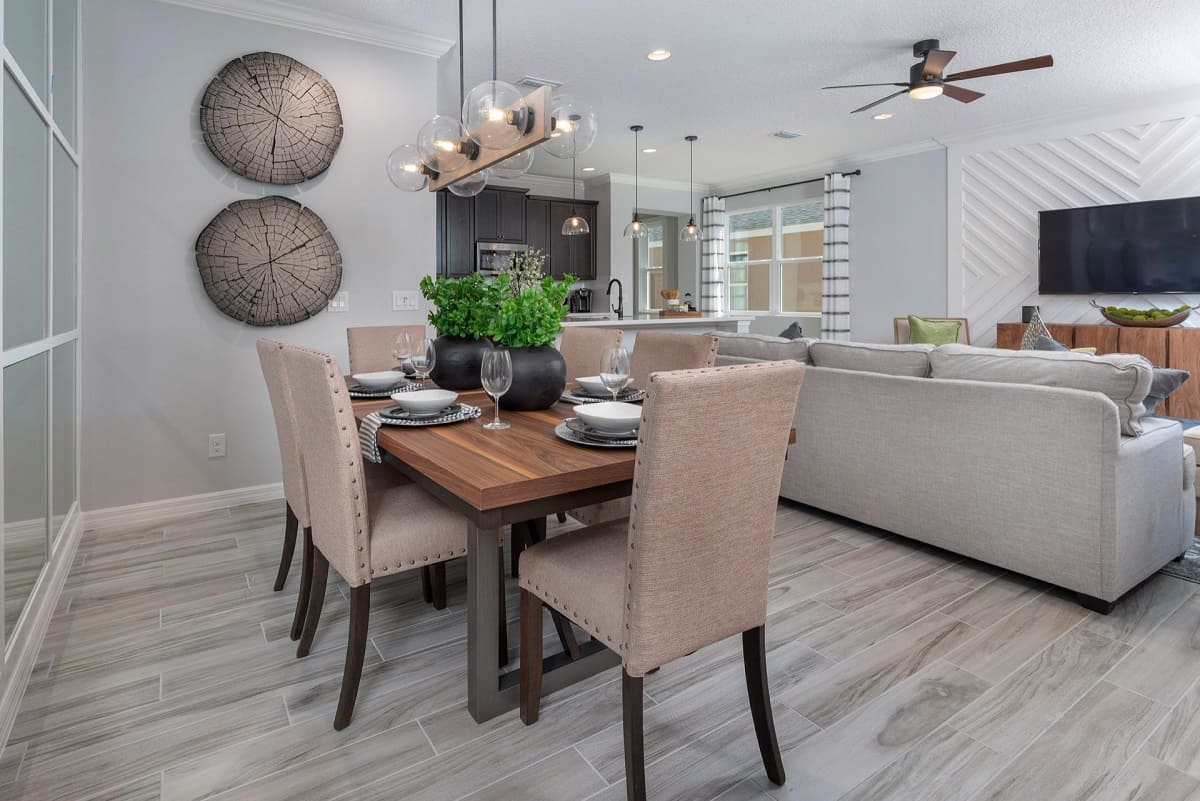
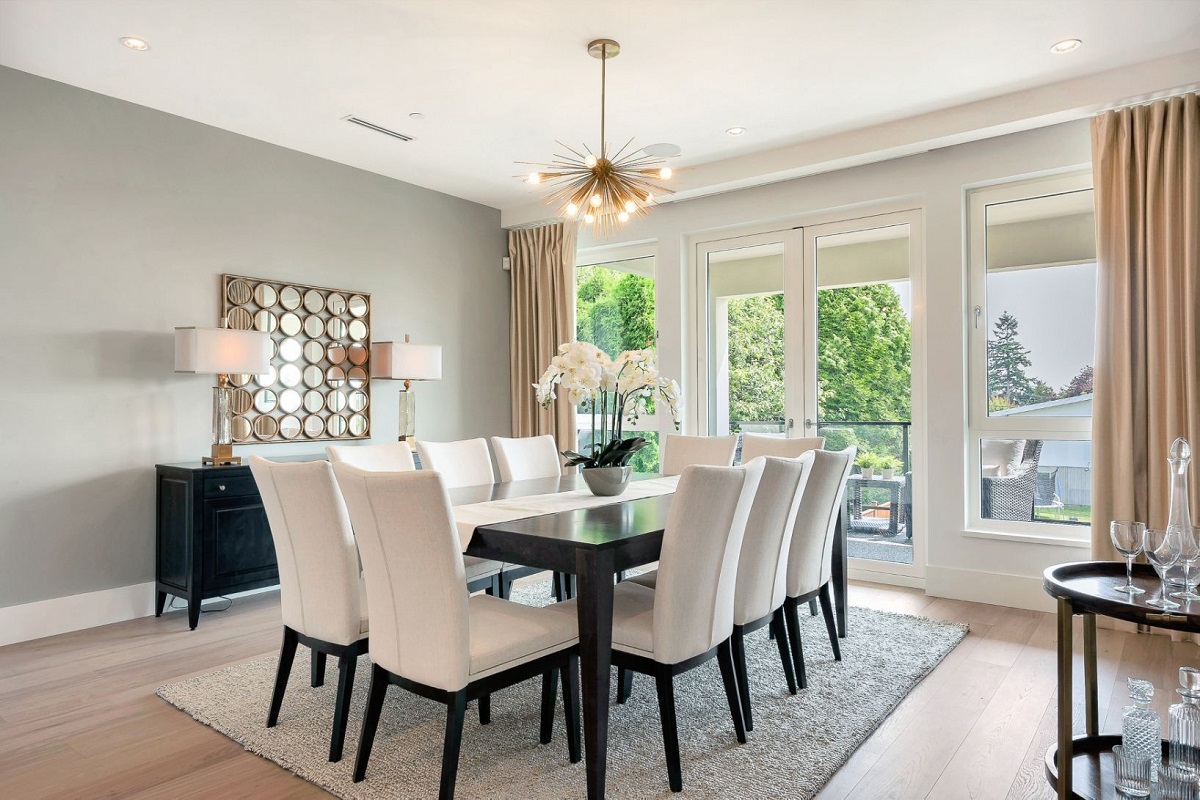
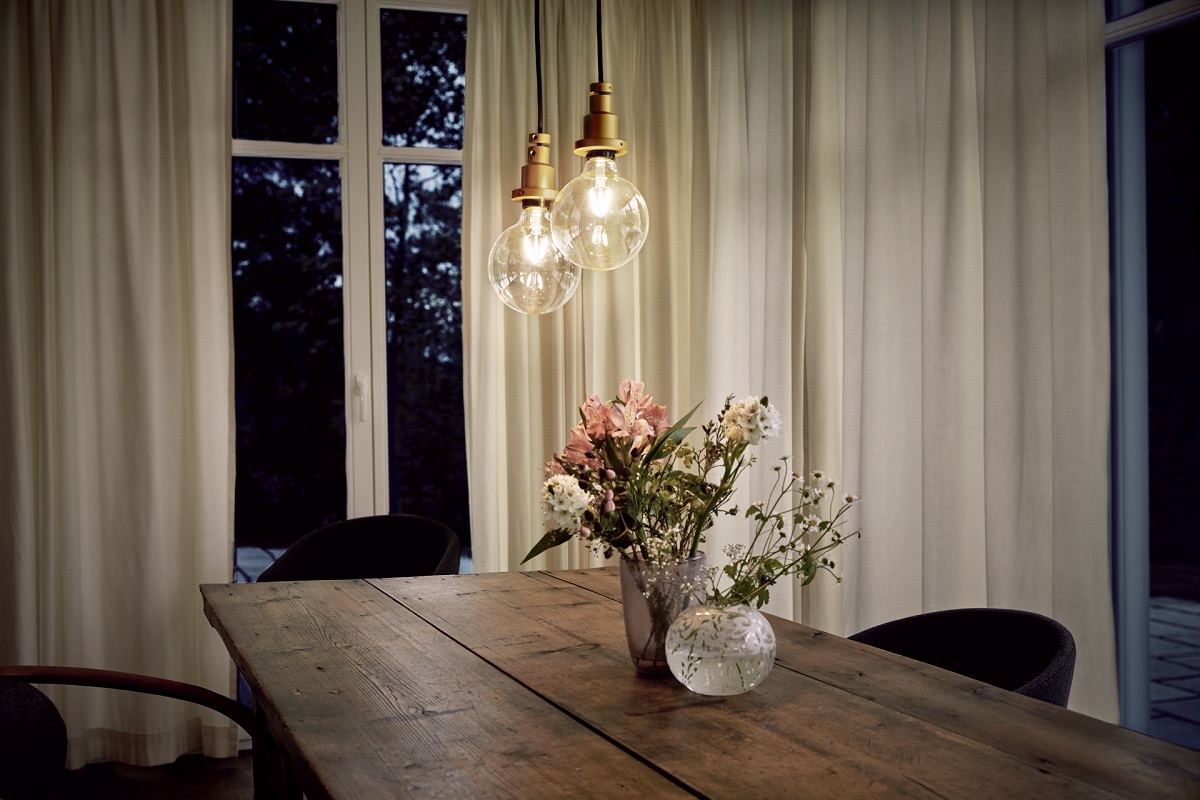
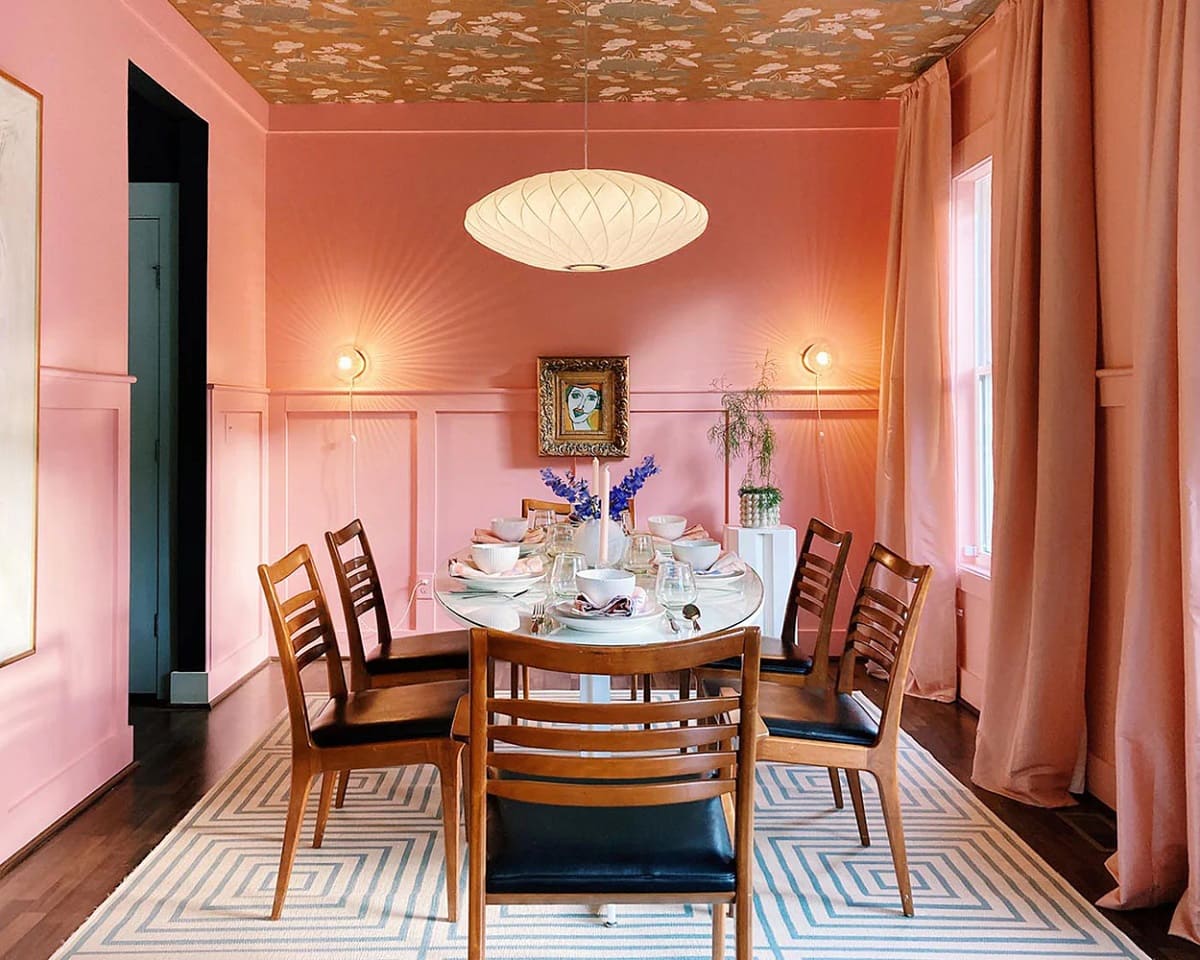
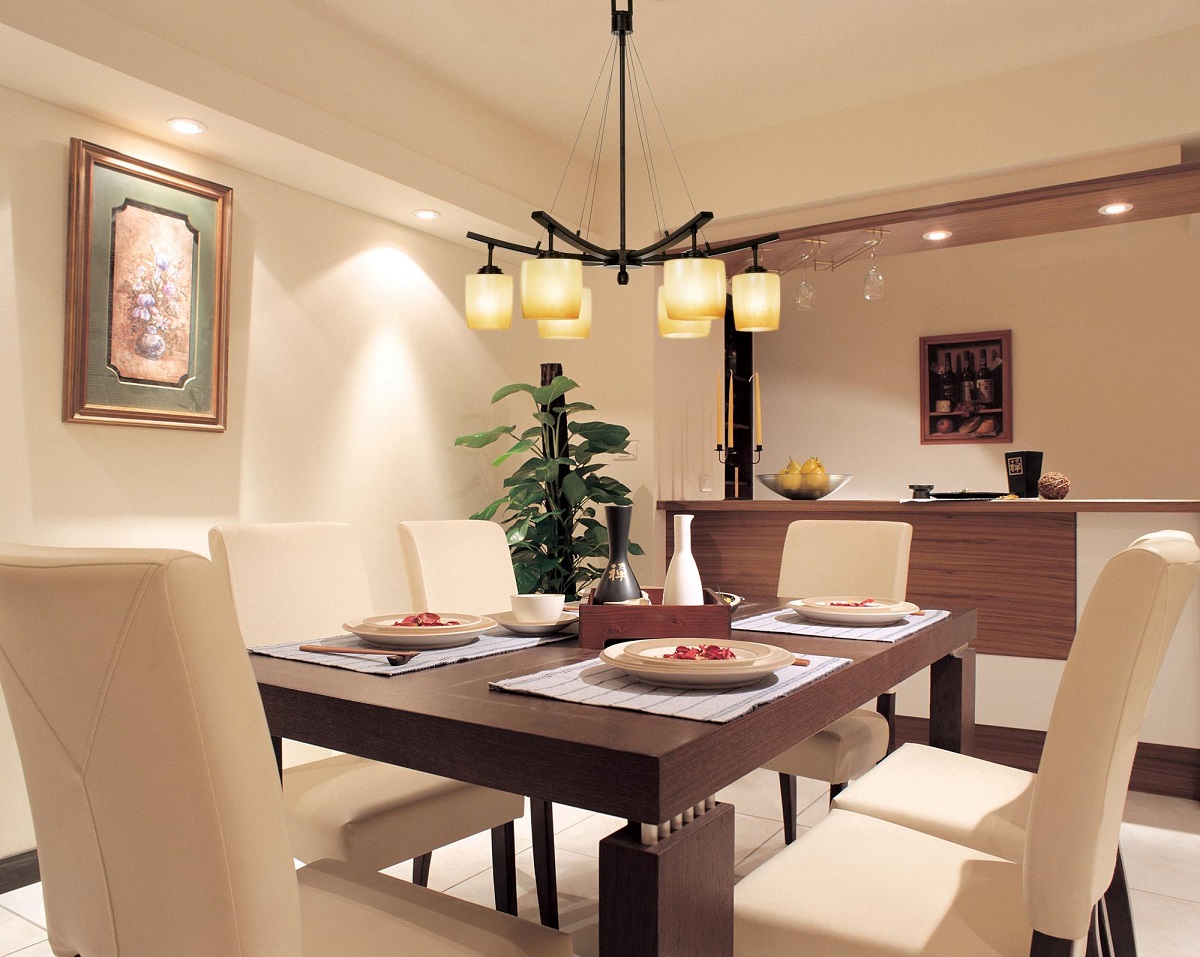
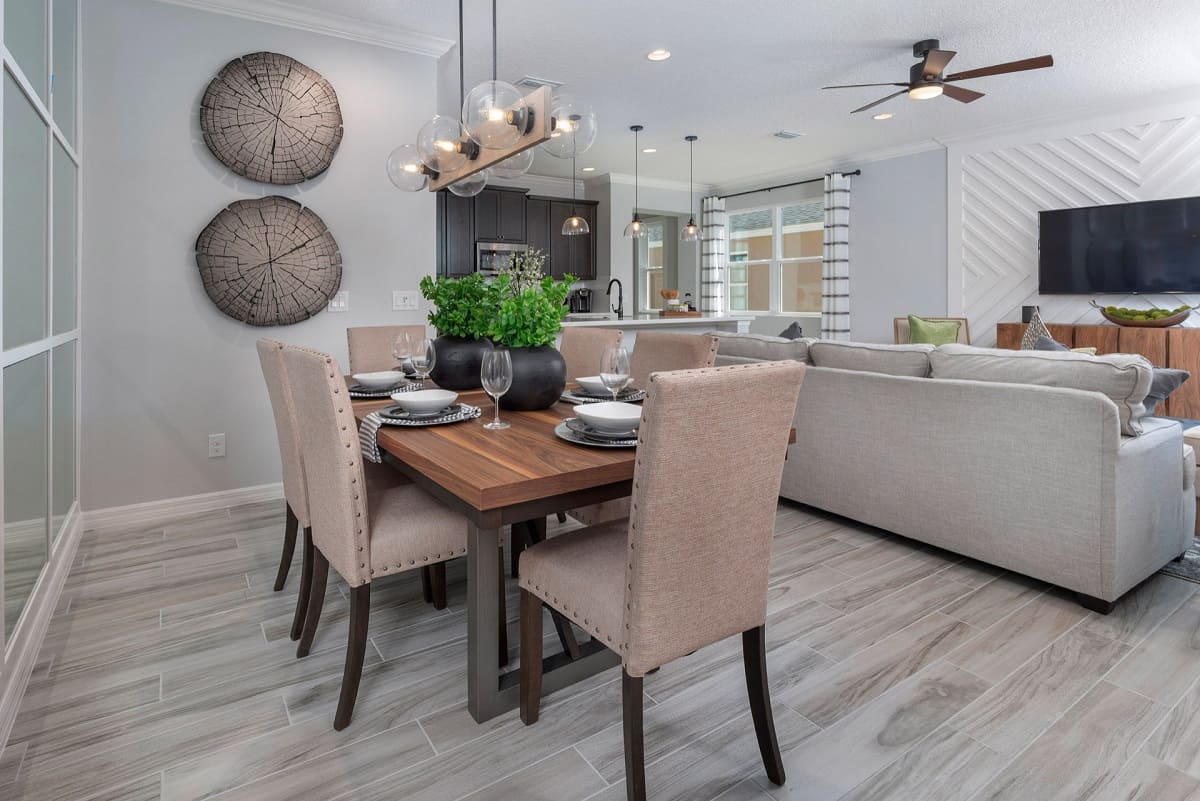
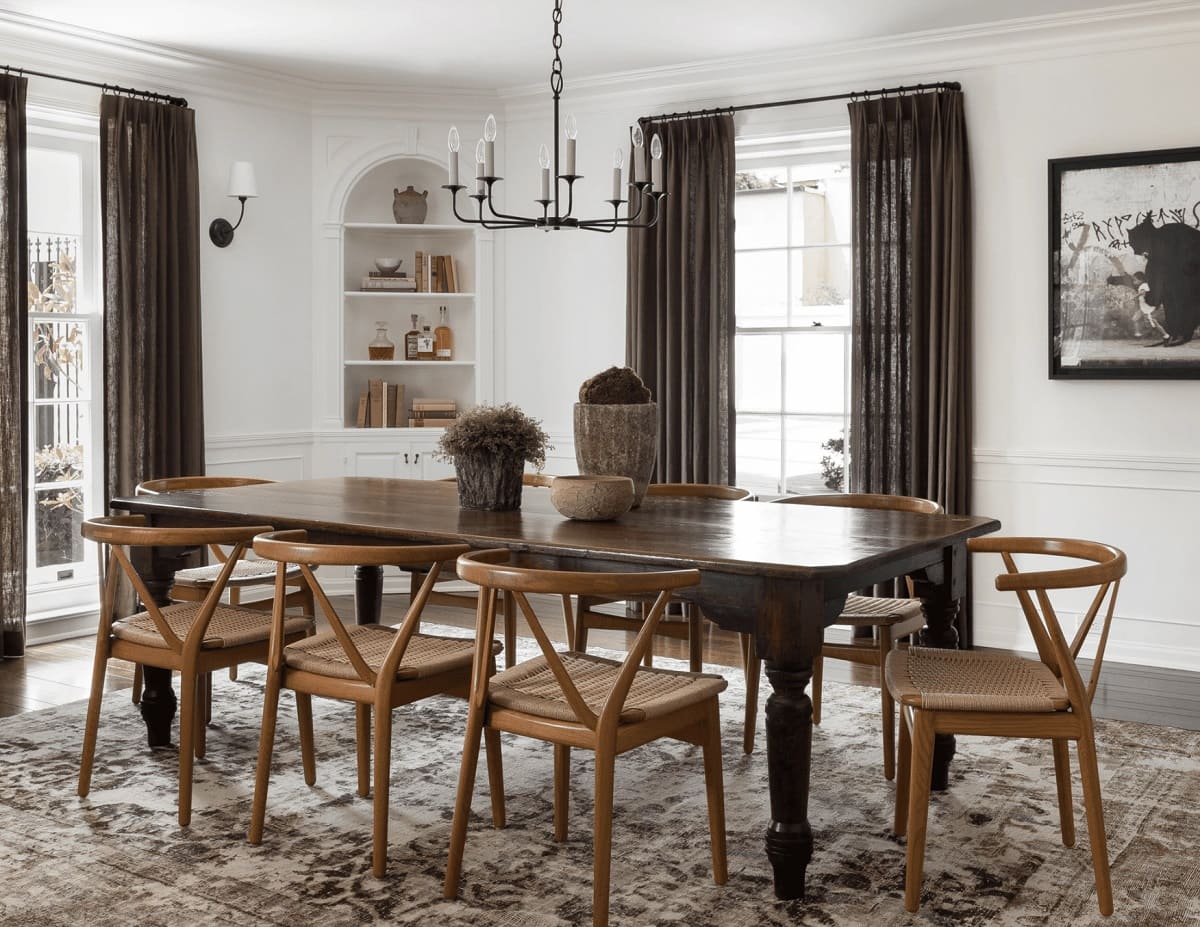

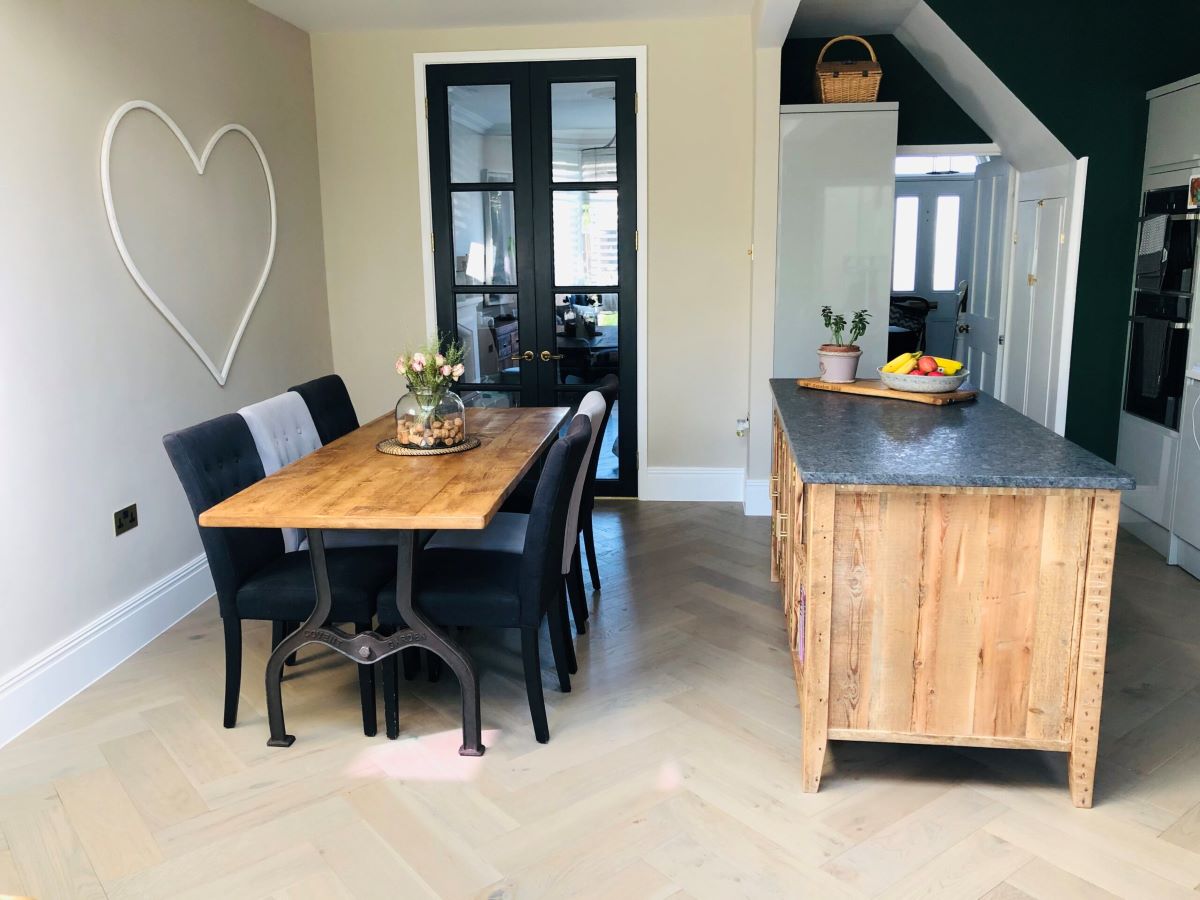
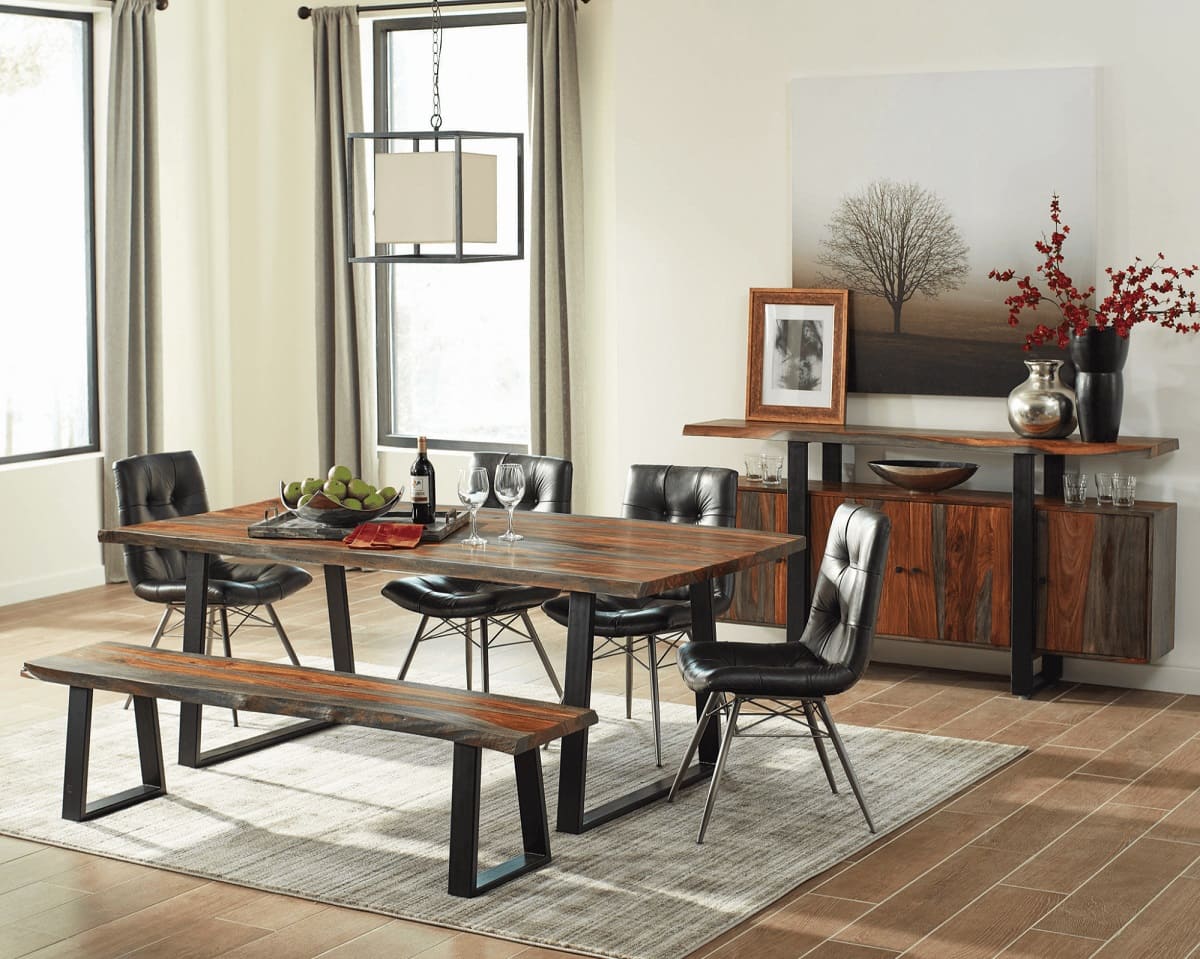
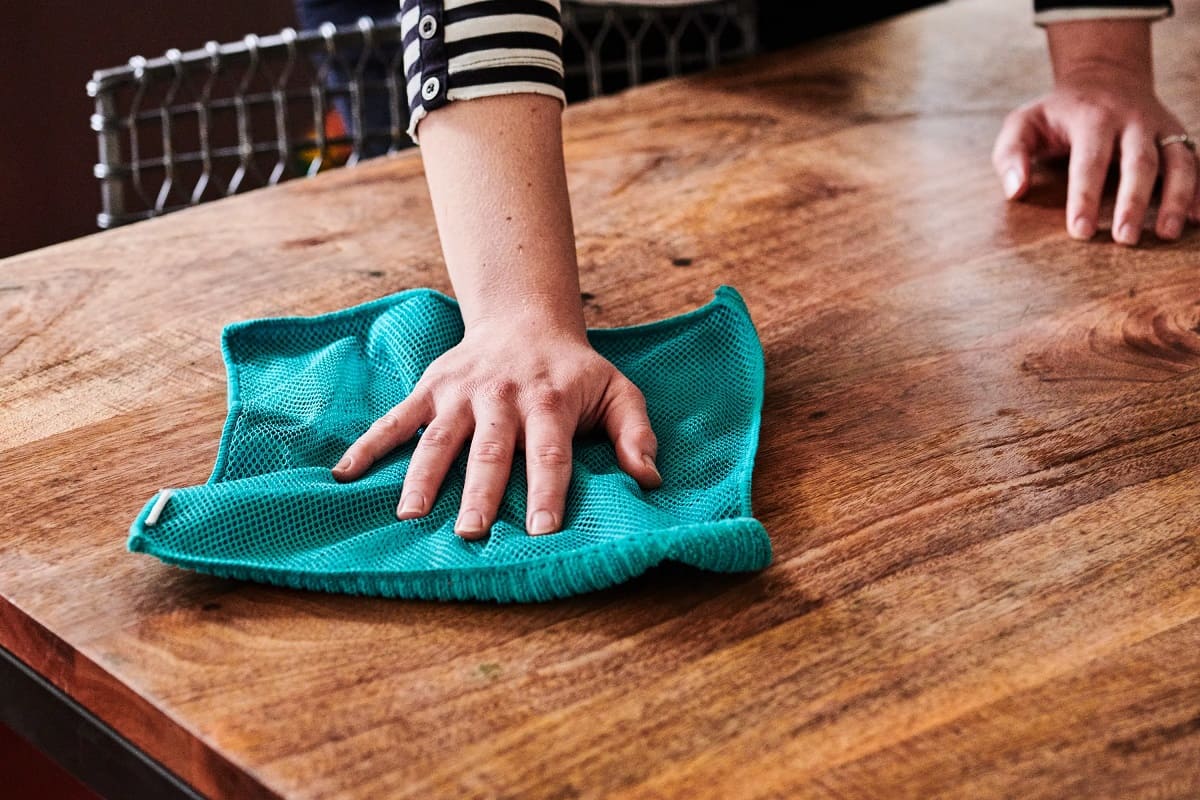
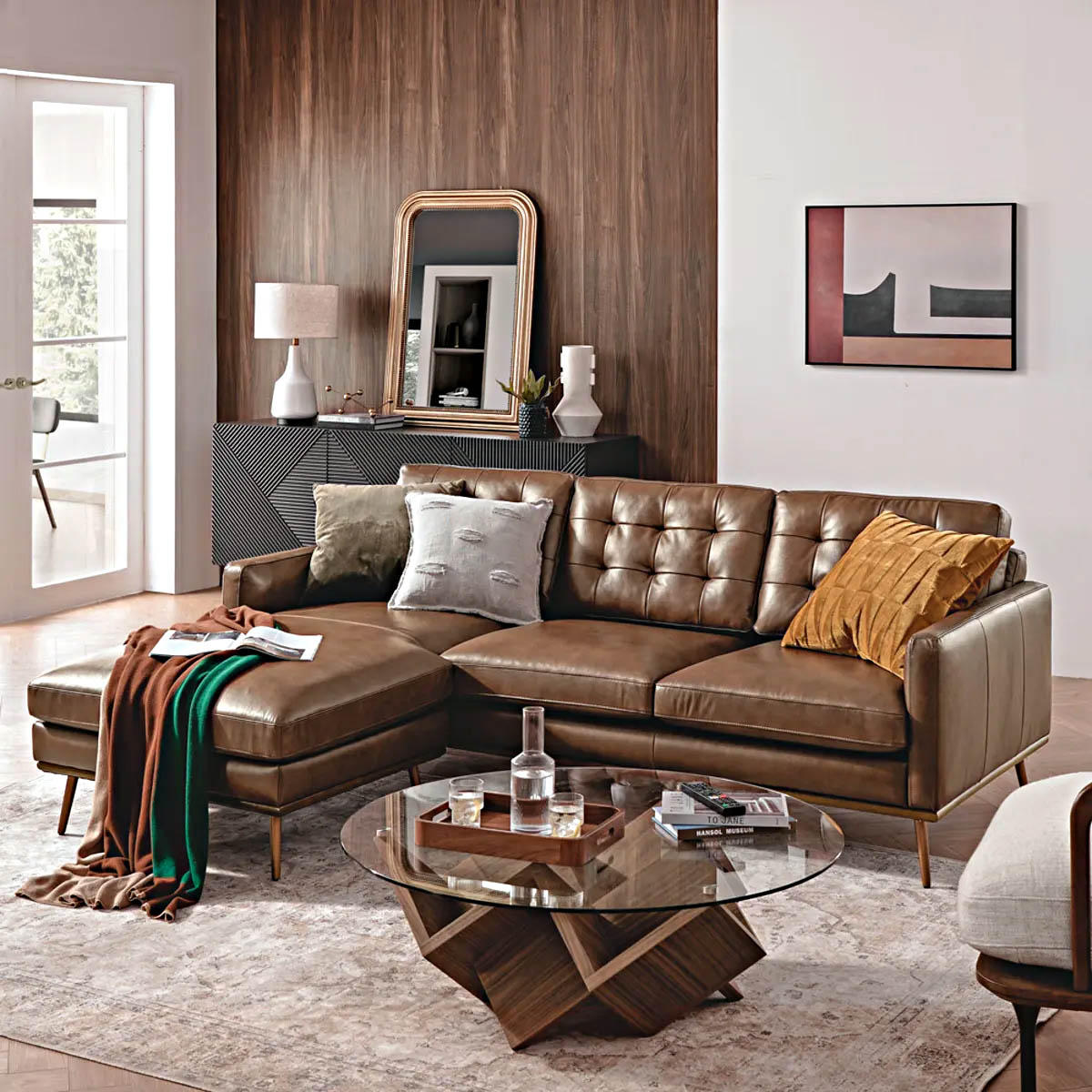
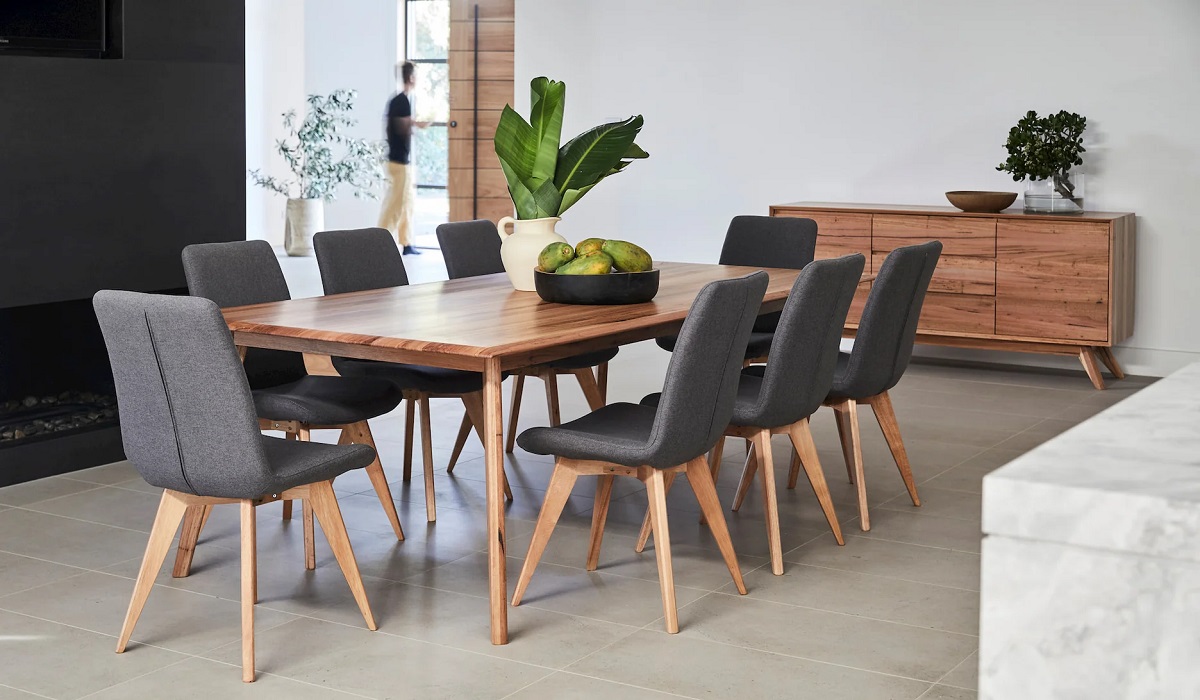
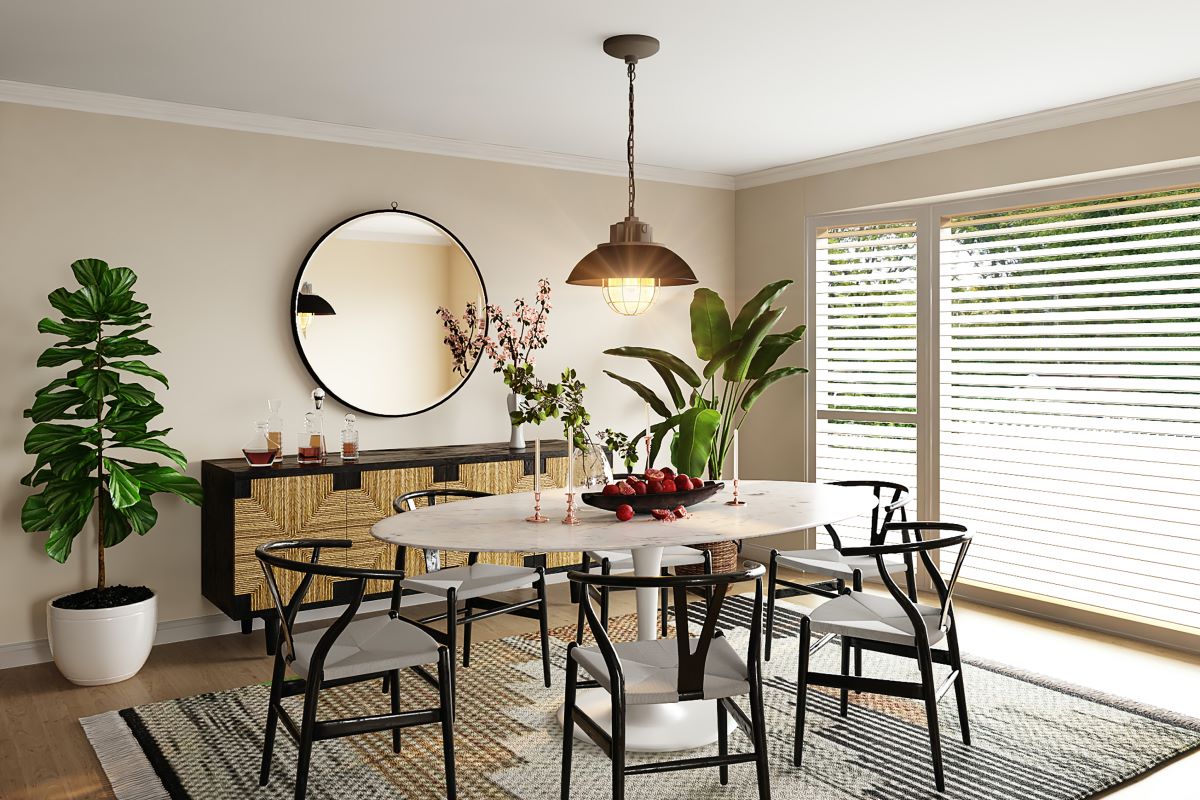
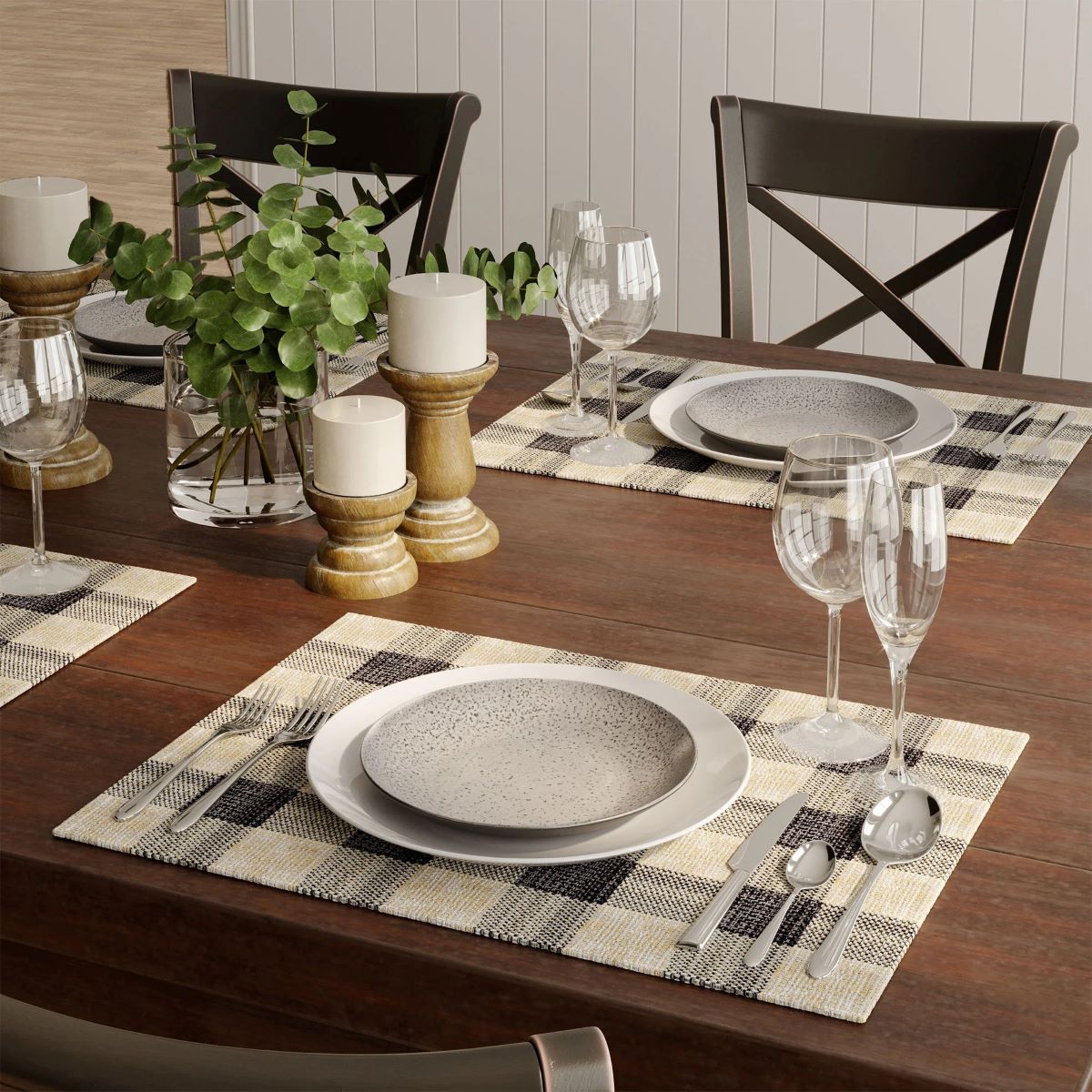

0 thoughts on “What Color Dining Room Table With Dark Wood Floors”